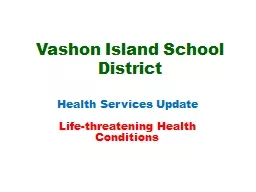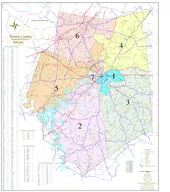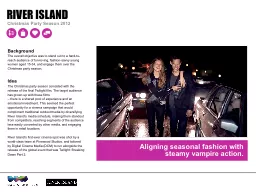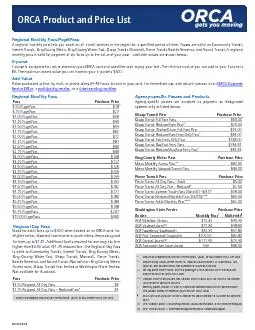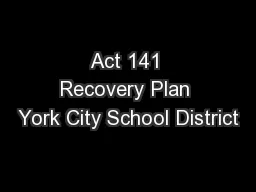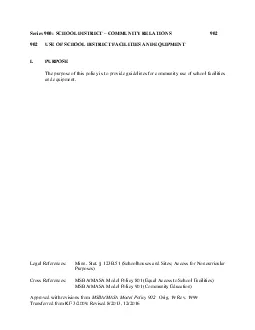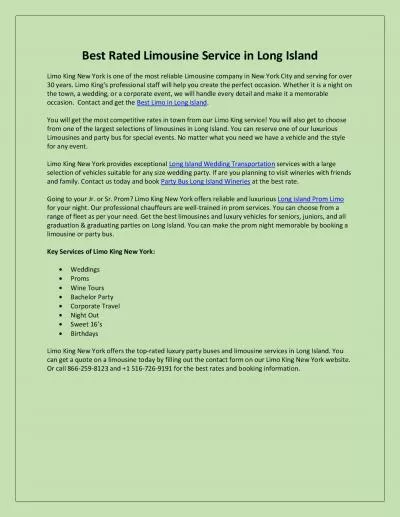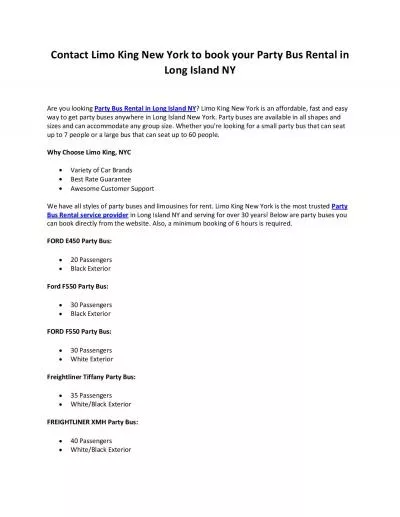PPT-Vashon Island School District
Author : myesha-ticknor | Published Date : 2018-12-06
Health Services Update Lifethreatening Health Conditions Protect your health Hand washing Flu shot Clinic at VHS October 18 th 2017 Tdap booster to prevent pertussiswhooping
Presentation Embed Code
Download Presentation
Download Presentation The PPT/PDF document "Vashon Island School District" is the property of its rightful owner. Permission is granted to download and print the materials on this website for personal, non-commercial use only, and to display it on your personal computer provided you do not modify the materials and that you retain all copyright notices contained in the materials. By downloading content from our website, you accept the terms of this agreement.
Vashon Island School District: Transcript
Download Rules Of Document
"Vashon Island School District"The content belongs to its owner. You may download and print it for personal use, without modification, and keep all copyright notices. By downloading, you agree to these terms.
Related Documents

